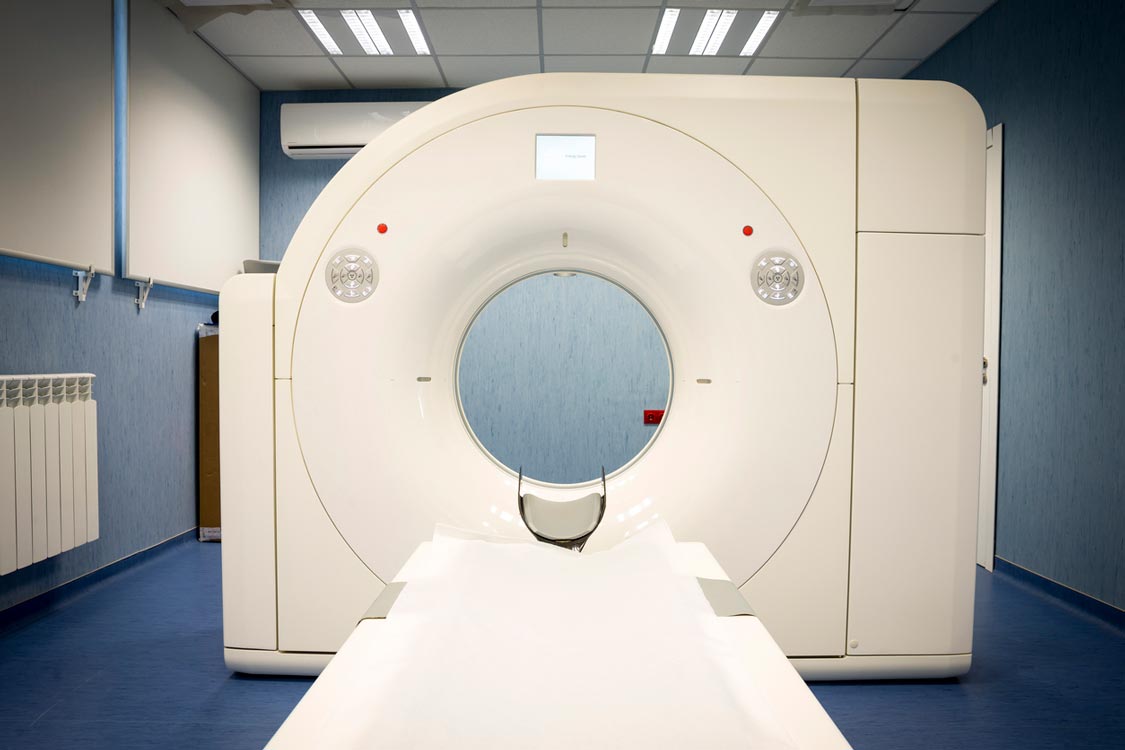MRI in Cats: What Is It and Why Might Your Cat Need It?

There are many circumstances in which diagnostic imaging, taking pictures of the inside of the body to help determine the source of a problem, is necessary for cats. MRI, magnetic resonance imaging, is a type of diagnostic imaging that uses a magnetic field to manipulate radio waves and create detailed images of body structures for veterinarians to examine.
When Is MRI Useful in Cats?
MRI is used most often in the following situations in cats:
- To diagnose brain and spinal cord problems
- To examine the nasal cavity, sinuses, and ears
- To more closely visualize abnormalities in internal organs
- In instances where plain x-ray or ultrasound haven't revealed enough information for diagnosis
MRI provides cross-sectional, sliced images of internal structures of the cat's body.
How Is MRI Performed on Cats?
A cat must be under anesthesia for an MRI because he must be very still, and because he will be inside the MRI machine, people won't be able to restrain him. Once the kitty is under anesthesia, he's placed on a moving table which carries the cat into the tube-shaped machine. The MRI itself usually takes about 10-15 minutes, and the pet's vitals are carefully monitored the entire time. Images appear in real time for a veterinary specialist to evaluate and they are also recorded for later viewing.
Is MRI Right for Your Cat?
MRI is fairly expensive because the equipment used is highly technical and costly and the personnel who perform them are well-trained. Also, anesthesia and monitoring are required. However, MRI is non-invasive, doesn't involve radiation and, thus, is considered quite safe. It can deliver crucial diagnostic information for your cat's condition.
What Is the Difference Between MRI and CT (or CAT) Scan?
CT scans use x-rays to produce images while MRI does not. MRI images of soft tissue can be more clear and detailed than those achieved by a CT scan. CT scan often creates better images of bony structures than MRI. Which test is recommended for your cat will be determined by your veterinarian based on the structure that is to be examined and what the doctor hopes to discover.
You May Also Like These Articles:
X-Rays in Cats: What They Can Tell Your Vet
Common Blood Tests Done on Cats
Fine Needle Aspiration: FNA in Cats
Causes of Unexplained Weight Loss in Cats



